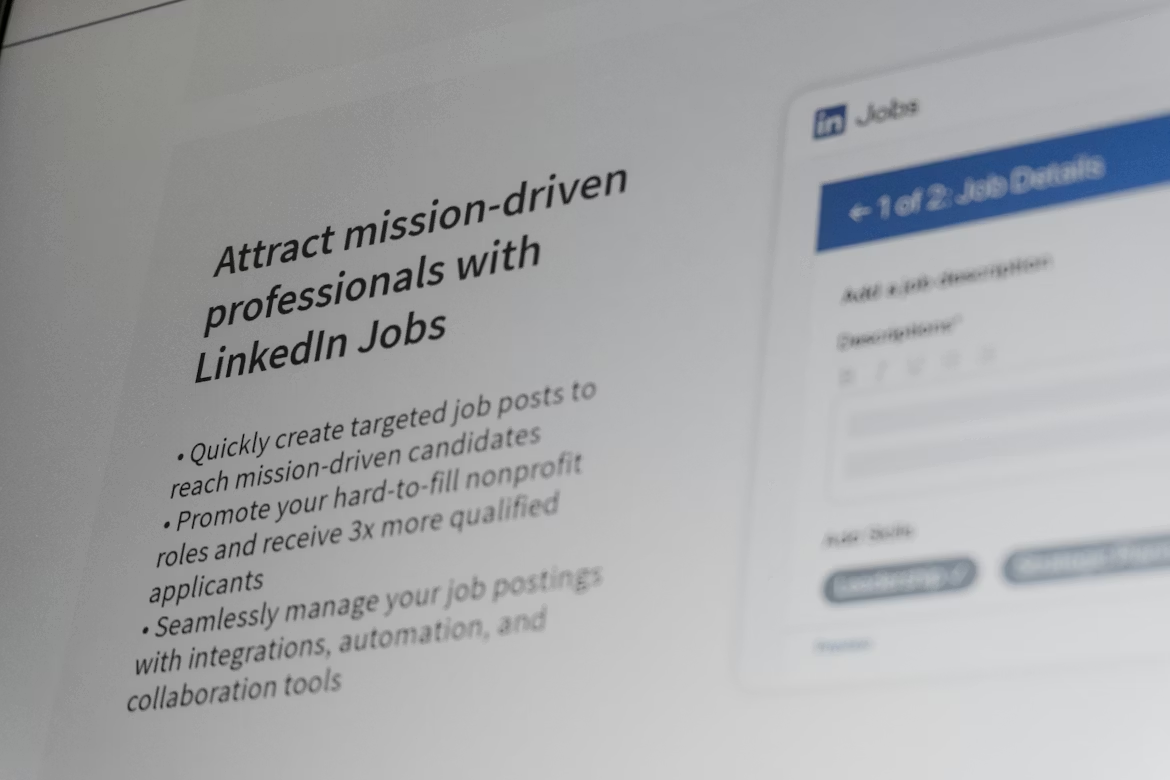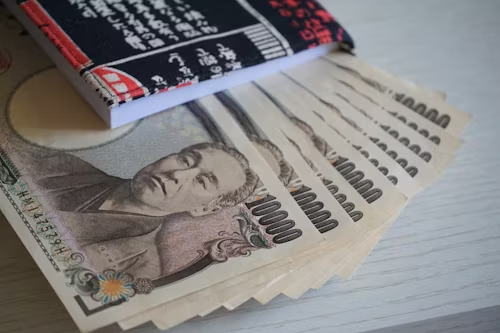EQUITIES
Asia-Pacific markets traded lower across the board on Thursday as investors digested FOMC July minutes.
Japan's Nikkei share average shed 0.87%, to erase most of the gains made the previous day, when the Nikkei closed above 29,000 for the first time since January. The S&P/ASX 200 in Australia fell 0.25%, and the KOSPI in South Korea dropped 0.45%.
Mainland China markets also took a dive. The Shanghai Composite slipped 0.48% and in Hong Kong, the Hang Seng index fell 0.63%
Overnight on Wall Street, major U.S. indexes sharply cut their losses after the release of the minutes. The Dow Jones Industrial Average fell 0.5%, to 33,980.32, the S&P 500 lost 0.72%, to 4,274.04 and the Nasdaq Composite dropped 1.25%, to 12,938.12.
OIL
Oil edged higher, as a steeper-than-expected drawdown in U.S. crude stocks outweighed concerns over rising output, Russian exports, and recession fears.
U.S. crude stocks fell by 7.1 million barrels in the week to Aug. 12, EIA data showed, against expectations for a 275,000-barrel drop.
In supply, Russia has started to gradually increase oil production after sanctions-related curbs and as Asian buyers have increased purchases, leading Moscow to raise its forecasts for output and exports until the end of 2025. Russia's earnings from energy exports are expected to rise 38% this year partly due to higher oil export volumes, in a sign that supply from the country has not been affected as much as markets originally had expected.
China's refining output remained lacklustre in July as strict COVID-19 lockdowns and fuel export controls curbed production.
Brent crude futures climbed 0.72%, to $93.72 a barrel, while U.S. crude futures gained 0.84%, to $88.06 a barrel. Prices rose more than 1% during the previous session, although Brent touched its lowest level since February.
Meanwhile, the market is awaiting developments from talks to revive Iran's 2015 nuclear deal with world powers, which could eventually lead to a boost in Iranian oil exports.
CURRENCIES
The dollar was on the front foot on Thursday after the Fed's July minutes pointed to a steady course of rate hikes ahead. The U.S. dollar index was steady at 106.727.
The yield on the benchmark 10-year Treasury notes rose initially in Asian trade but later retreated to 2.877% compared with its U.S. close of 2.895% on Wednesday. The two-year yield , which rises with traders' expectations of higher Fed funds rates, stood at 3.268% compared with a U.S. close of 3.295%.
GOLD
Gold was slightly higher. Spot gold was traded 0.101 at $1,763.50 per ounce, while U.S. gold futures was flat to $1,777.80.
ECONOMIC OUTLOOK
Asian shares tracked lower on Thursday, on softer Wall Street performance overnight, as attention shifts back to the U.S. Federal Reserve’s interest rate policy, to assess how hawkish the central bank will be in its efforts to tackle inflation following the release of its July meeting minutes.
In their July meeting minutes released on Wednesday, Fed officials said the pace of future rate hikes would depend on incoming economic data, as well as assessments of how the economy was adapting to the higher rates already approved.
Federal Reserve officials saw "little evidence" late last month that U.S. inflation pressures were easing, the minutes showed. The minutes flagged an eventual slowdown in the pace of hikes, but not a switch to cuts in 2023 that traders until recently had priced into interest-rate futures.
Investors interpreted the minutes as a sign the U.S. tightening cycle could be less aggressive than forecast but showed Fed policymakers committed to raising rates as high as necessary to bring inflation under control.
After the release of the minutes, traders of futures tied to the Fed's policy rate saw a half-percentage-point rate hike as more likely in September. The Fed has lifted its benchmark overnight interest rate by 225 points this year to a target range of 2.25% to 2.50%.
After a brutal first half of the year, stocks are up since the start of July. Upbeat corporate earnings have helped fuel a rebound, while investors have also been optimistic lately that the Fed can achieve a soft landing for the economy.














